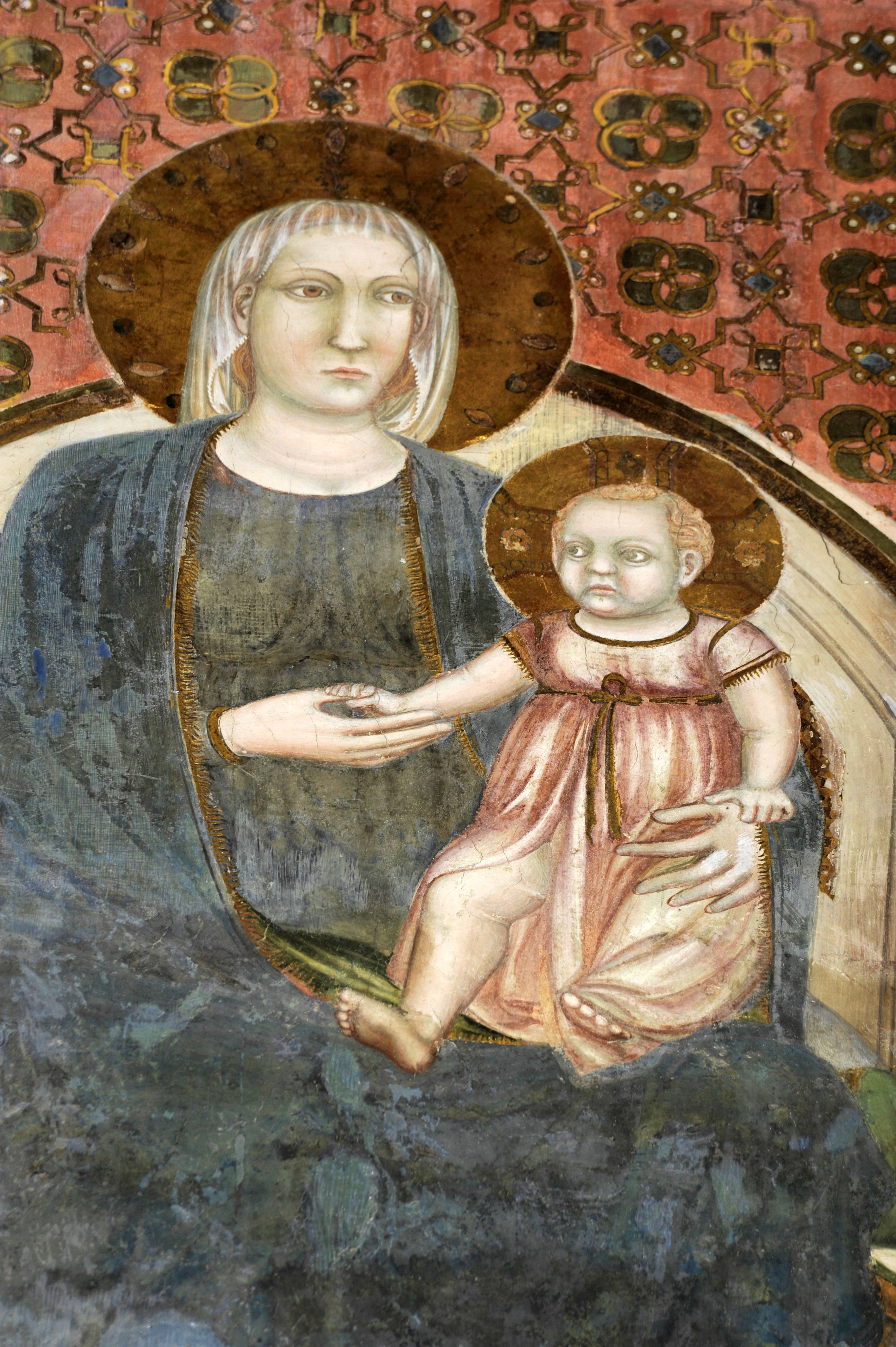Early Fourteenth-Century Painting in Pistoia. About the Maestro del 1310 and His Workshop

Published 2024-04-22
Keywords
- Pistoia,
- Late-Medieval Painting,
- Master of 1310,
- Master of 1336,
- Master of Popiglio

This work is licensed under a Creative Commons Attribution 4.0 International License.
Abstract
This essay proposes a new identity for the so-called Master of 1310, the leader painter active in Pistoia in the first half of the fourteenth century. In a previous article published in this journal, the identification of Lazzerino Castelli with the artist who painted the Stories of the Passion in San Giovanni Fuorcivitas has been reconsidered. Starting from a review of the documentary evidences regarding Lazzerino, it may be possible to link the historical figure of this painter with the Master of 1310. The documents mentioning Lazzerino as the head of an important family-based workshop seem to provide a reasonably firm basis for proposing such identification: the Master of 1310, indeed, exerted a lasting influence on different painters of Pistoia, who were probably involved in his workshop. In particular, the master’s teaching was crucial for two anonymous artists, conventionally called Master of 1336 and Master of Popiglio. These painters are here identified, in a conjectural way, with two of the four Lazzerino’s sons cited in the written sources, Tommaso and Iacopo.
